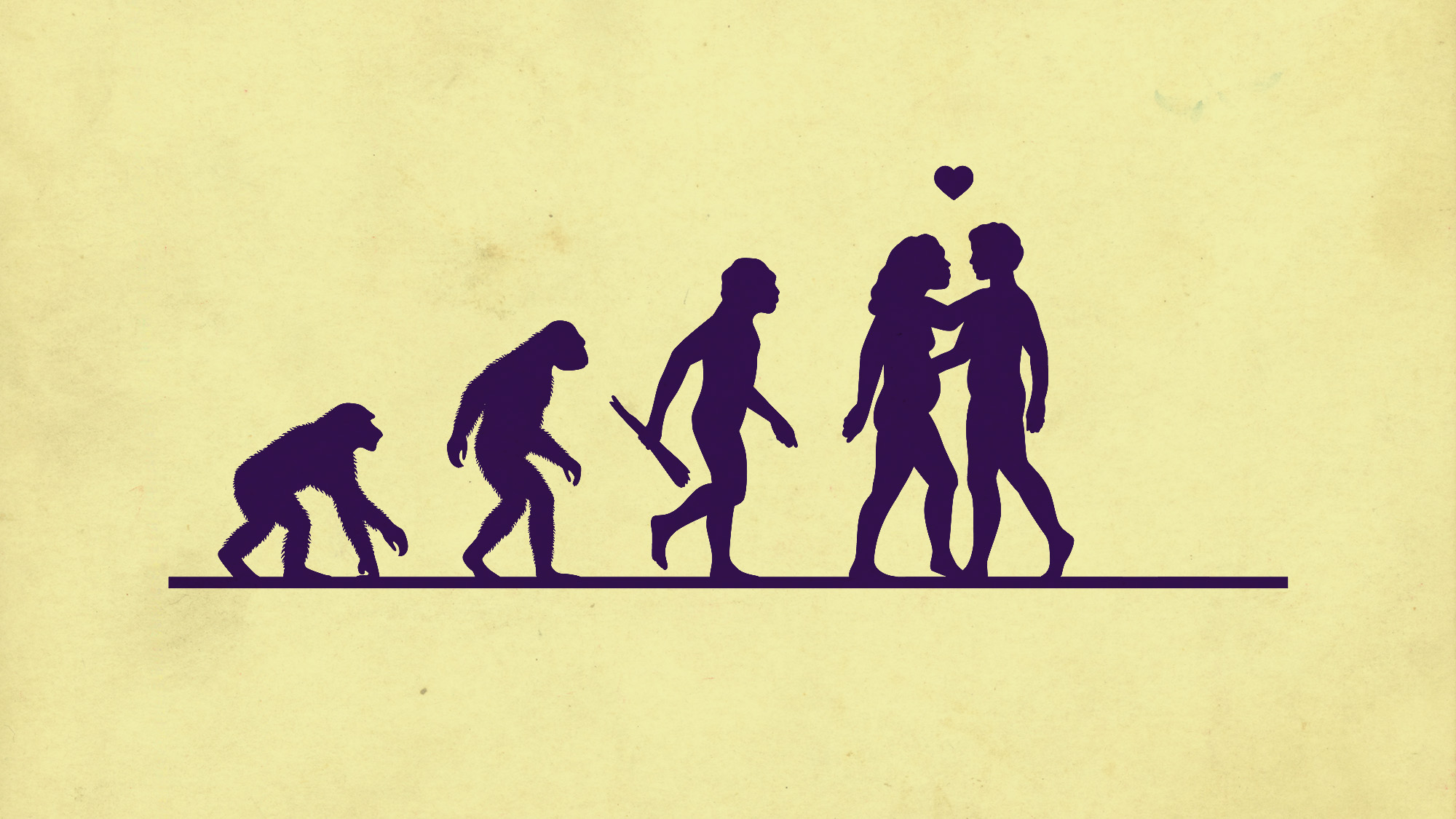Scientists a step closer to resurrecting extinct Tasmanian tiger
New study marks the first time RNA has been recovered from an extinct species

Scientists have taken another step towards the resurrection of the Tasmanian tiger with the first successful recovery of RNA from an extinct species.
RNA is the genetic material present in all living cells and has structural similarities to DNA. The discovery, published in the scientific journal Genome Research, offers "hope that RNA locked up in the world's museum collections could provide new insights into long-dead species", said Nature.
The Tasmanian tiger – also known as the thylacine – was, despite the name, a carnivorous marsupial that lived on the island of Tasmania, Australia. The last known Tasmanian tiger died in captivity in 1936 and the animal was classified as officially extinct in 1982. The material in the new study was extracted from the desiccated skin and muscle of a Tasmanian tiger, stored since 1891 at a museum in Stockholm.
The Week
Escape your echo chamber. Get the facts behind the news, plus analysis from multiple perspectives.

Sign up for The Week's Free Newsletters
From our morning news briefing to a weekly Good News Newsletter, get the best of The Week delivered directly to your inbox.
From our morning news briefing to a weekly Good News Newsletter, get the best of The Week delivered directly to your inbox.
"RNA gives you the chance to go through the cell, the tissues and find the real biology that has been preserved in time for that animal, the thylacine species, right before they died," said lead study author Emilio Mármol Sánchez, a computational biologist at the Centre for Palaeogenetics and SciLifeLab in Stockholm.
It is the first time RNA has been recovered from an extinct species and the technique "may help our understanding of virus evolution and further controversial de-extinction efforts", said New Scientist. De-extinction is the process of recreating versions of extinct species using gene-editing tools and existing organisms as hosts.
While de-extinction wasn't the goal of Sánchez's team's research, "a better understanding of the Tasmanian tiger's genetic makeup could help recently launched efforts to bring back the animal in some form", said CNN.
"We had previously thought only DNA remained in old museum and ancient samples," said Andrew Pask, from the University of Melbourne, who is part of a team looking at de-extinction of the species. "This can tell us about the function of genes in an extinct animal."
A free daily email with the biggest news stories of the day – and the best features from TheWeek.com
Jamie Timson is the UK news editor, curating The Week UK's daily morning newsletter and setting the agenda for the day's news output. He was first a member of the team from 2015 to 2019, progressing from intern to senior staff writer, and then rejoined in September 2022. As a founding panellist on “The Week Unwrapped” podcast, he has discussed politics, foreign affairs and conspiracy theories, sometimes separately, sometimes all at once. In between working at The Week, Jamie was a senior press officer at the Department for Transport, with a penchant for crisis communications, working on Brexit, the response to Covid-19 and HS2, among others.
-
 The elite falcon trade in the Middle East
The elite falcon trade in the Middle EastUnder the Radar Popularity of the birds of prey has been ‘soaring’ despite doubts over the legality of sourcing and concerns for animal welfare
-
 A running list of the international figures Donald Trump has pardoned
A running list of the international figures Donald Trump has pardonedin depth The president has grown bolder in flexing executive clemency powers beyond national borders
-
 Mixed nuts: RFK Jr.’s new nutrition guidelines receive uneven reviews
Mixed nuts: RFK Jr.’s new nutrition guidelines receive uneven reviewsTalking Points The guidelines emphasize red meat and full-fat dairy
-
 The dubious nature of de-extinction
The dubious nature of de-extinctionThe Explainer Is it a vanity project backed by billions, or the future of animal conservation?
-
 The return of the dire wolf after 10,000 years of extinction
The return of the dire wolf after 10,000 years of extinctionThe Explainer The US bioscience firm claimed it had genetically engineered new dire wolves after 10,000 years of extinction
-
 Scientists finally know when humans and Neanderthals mixed DNA
Scientists finally know when humans and Neanderthals mixed DNAUnder the radar The two began interbreeding about 47,000 years ago, according to researchers
-
 New DNA tests of Pompeii dead upend popular stories
New DNA tests of Pompeii dead upend popular storiesSpeed Read An analysis of skeletal remains reveals that some Mount Vesuvius victims have been wrongly identified
-
 A Viking Age skeleton discovery could shed light on ancient DNA
A Viking Age skeleton discovery could shed light on ancient DNAIn the Spotlight The 50 skeletons were 'exceptionally well-preserved'
-
 Scientists just made a big breakthrough with woolly mammoth DNA
Scientists just made a big breakthrough with woolly mammoth DNAThe Explainer For the first time, researchers have reconstructed fossilized chromosomes
-
 DNA suggests Mayans sacrificed boy siblings
DNA suggests Mayans sacrificed boy siblingsSpeed Read These findings "flew in the face of the argument that it was mostly young virgin women" being sacrificed
-
 The Y chromosome is disappearing: What does this mean for the future?
The Y chromosome is disappearing: What does this mean for the future?The Explainer A new sex gene could be on the evolution pipeline